|
Our class of 22 is now 23! We are so excited to have Rikki as our newest friend in D103. Having a new classmate this week gave all of us the opportunity to benefit from some Tribe activities. Students shared things about themselves and important things that anyone should know about our school. These activities were great community builders that brought a sense of fellowship. In Langauge Arts...
In math...
In science...
Announcements & Reminders
0 Comments
Leave a Reply. |
Proudly powered by Weebly
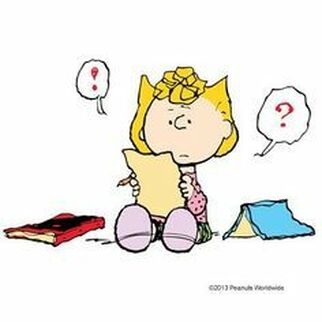
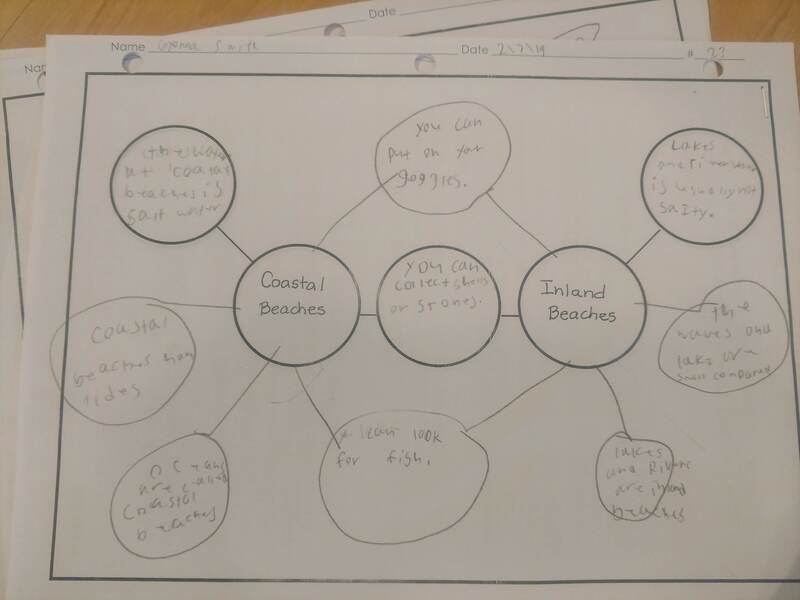
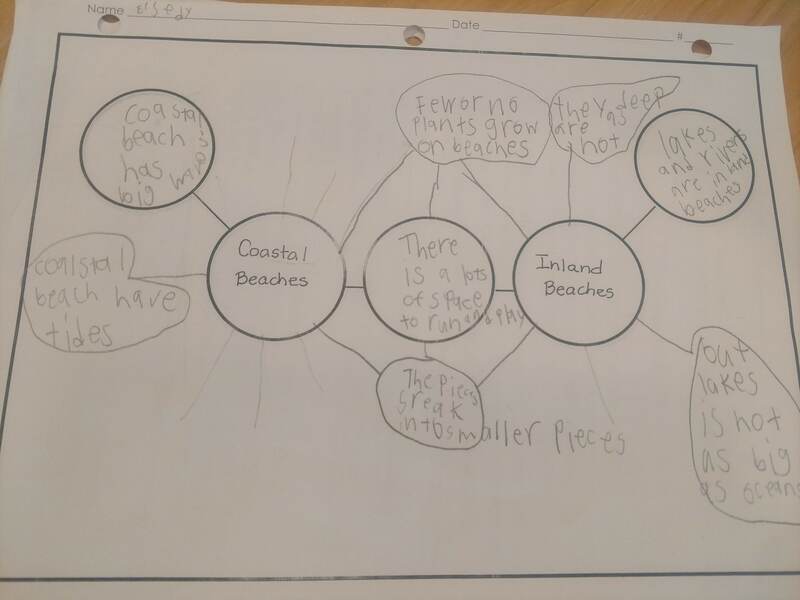
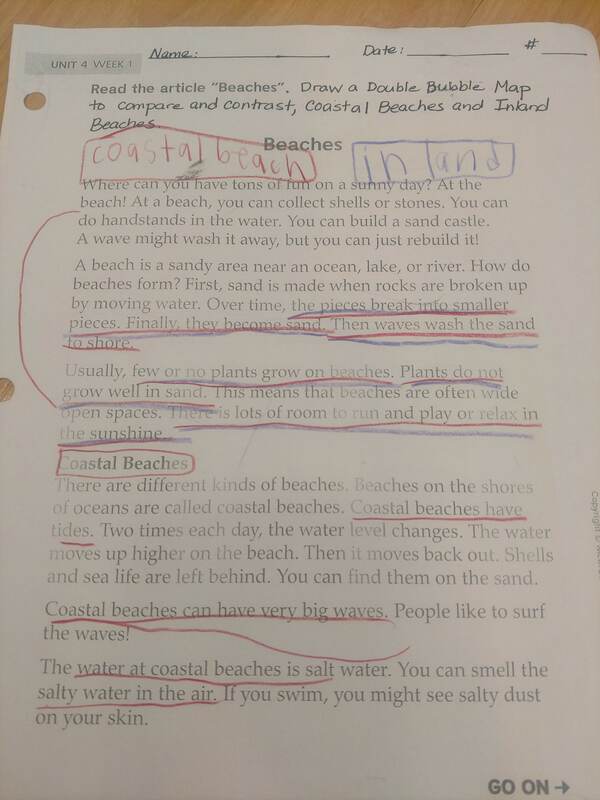
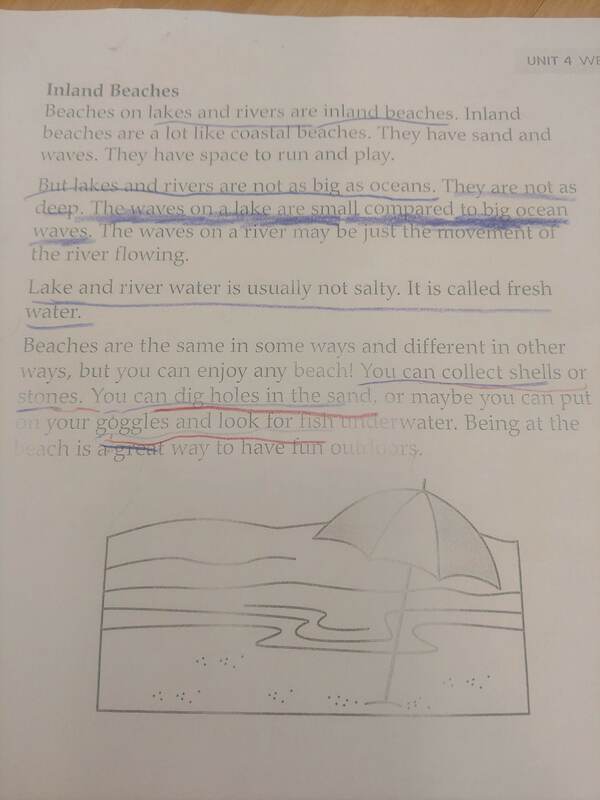
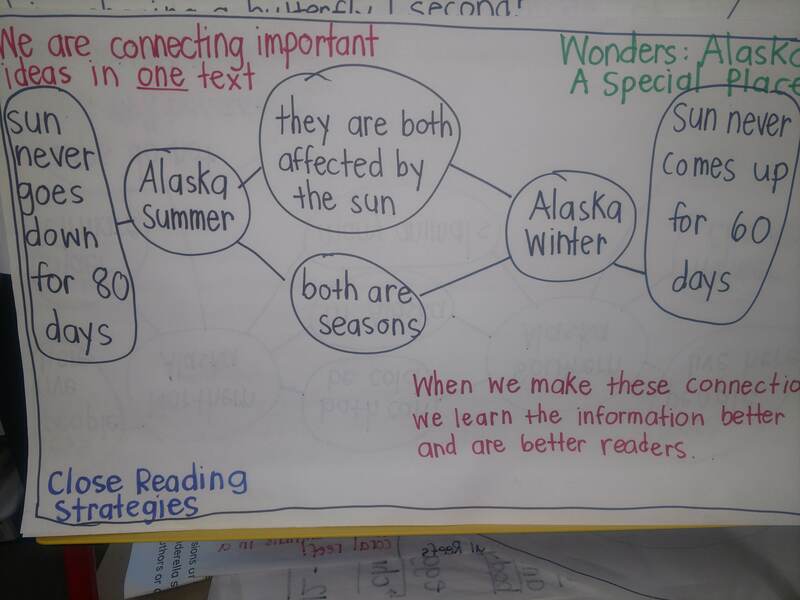
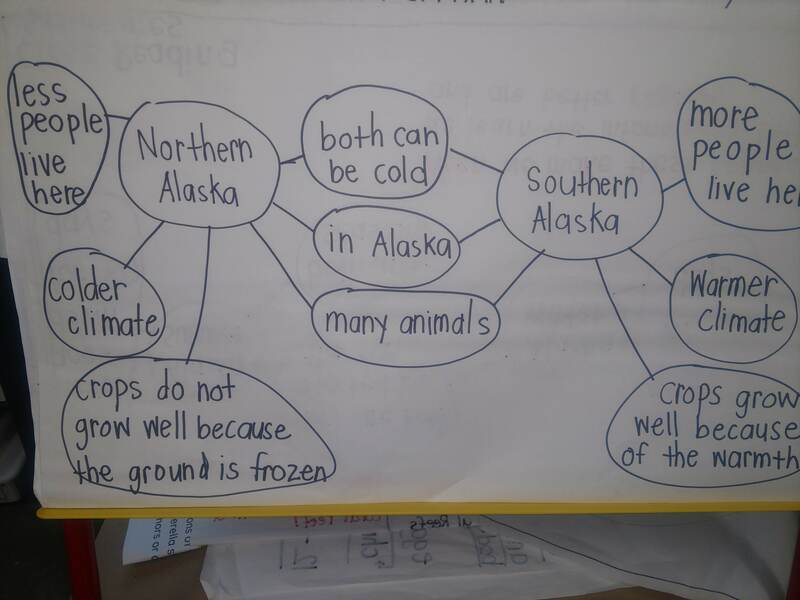
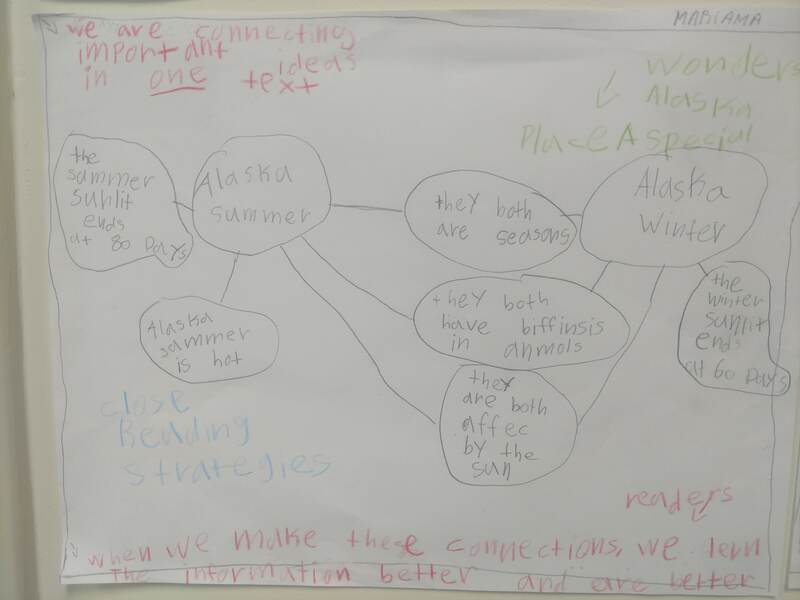
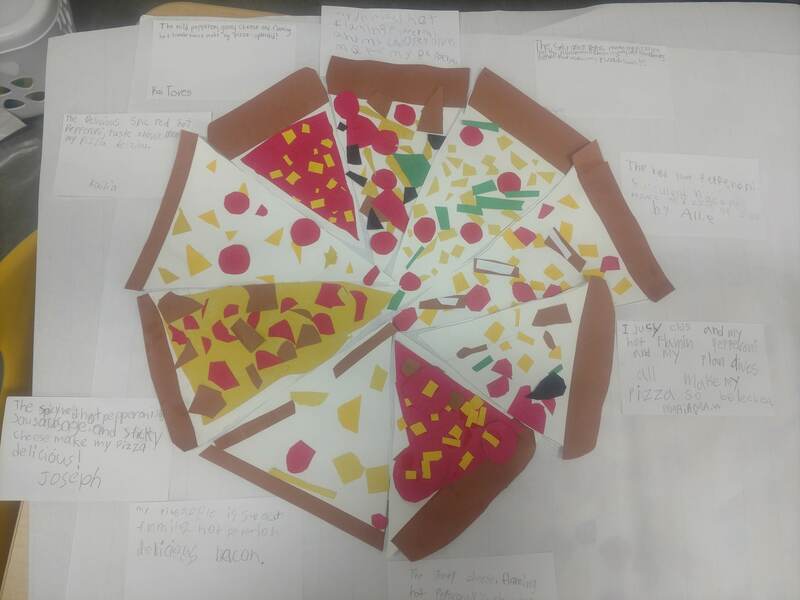
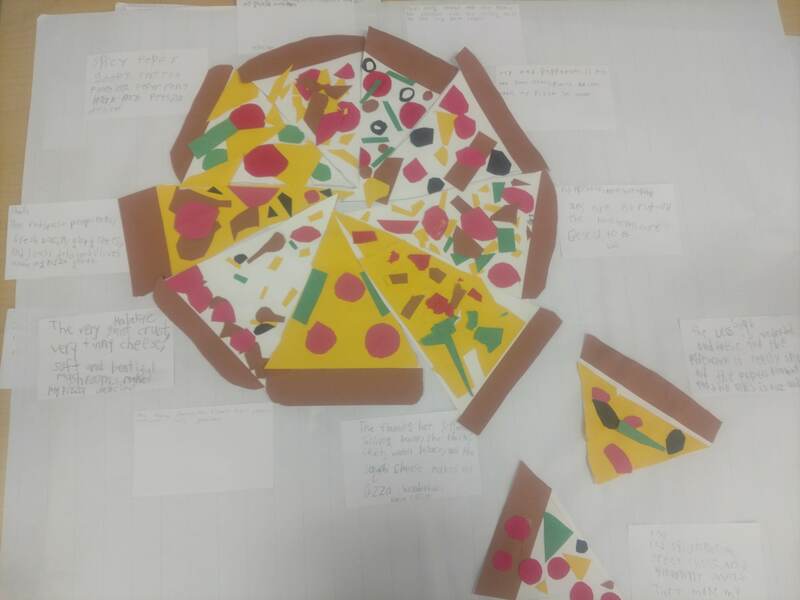
 RSS Feed
RSS Feed